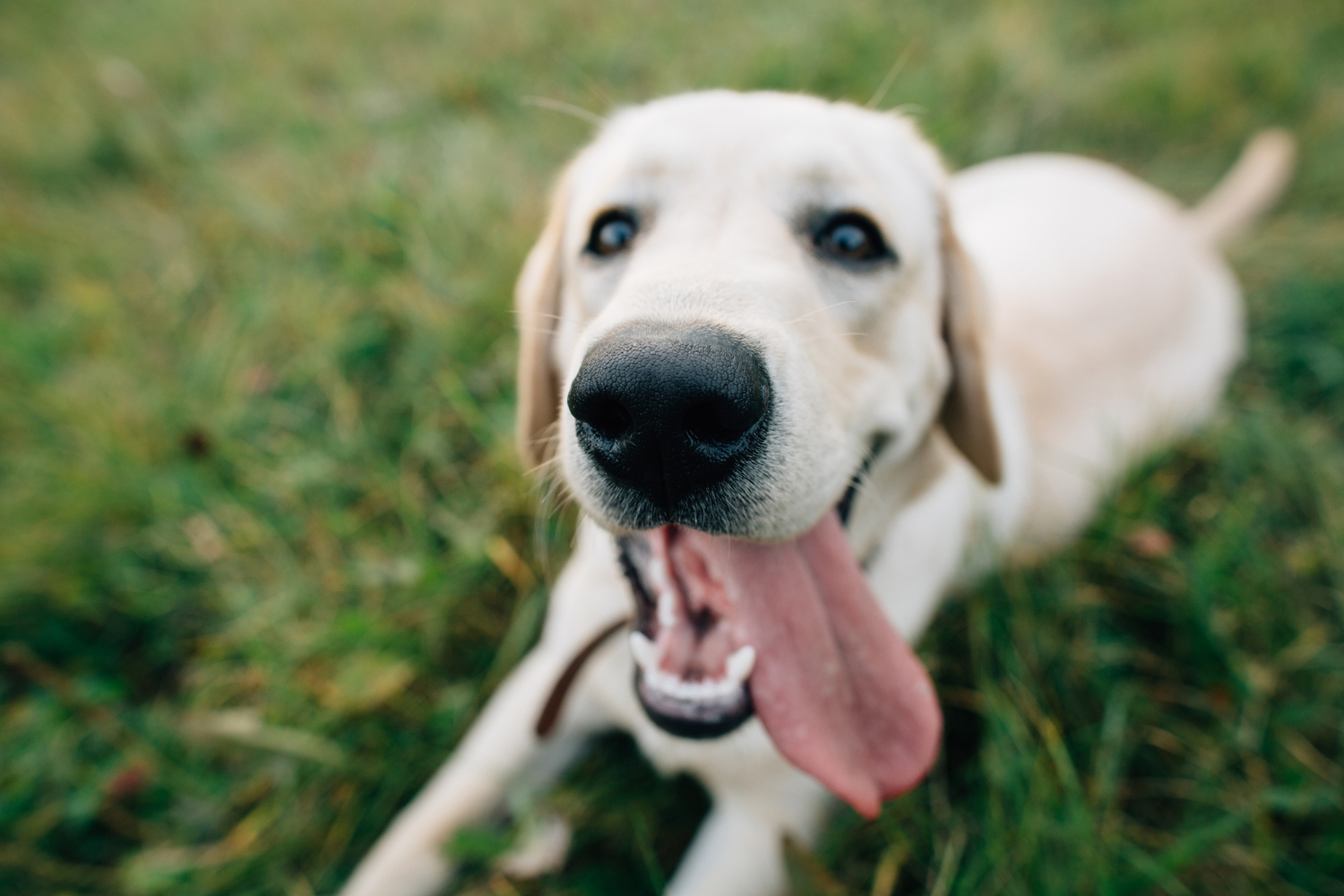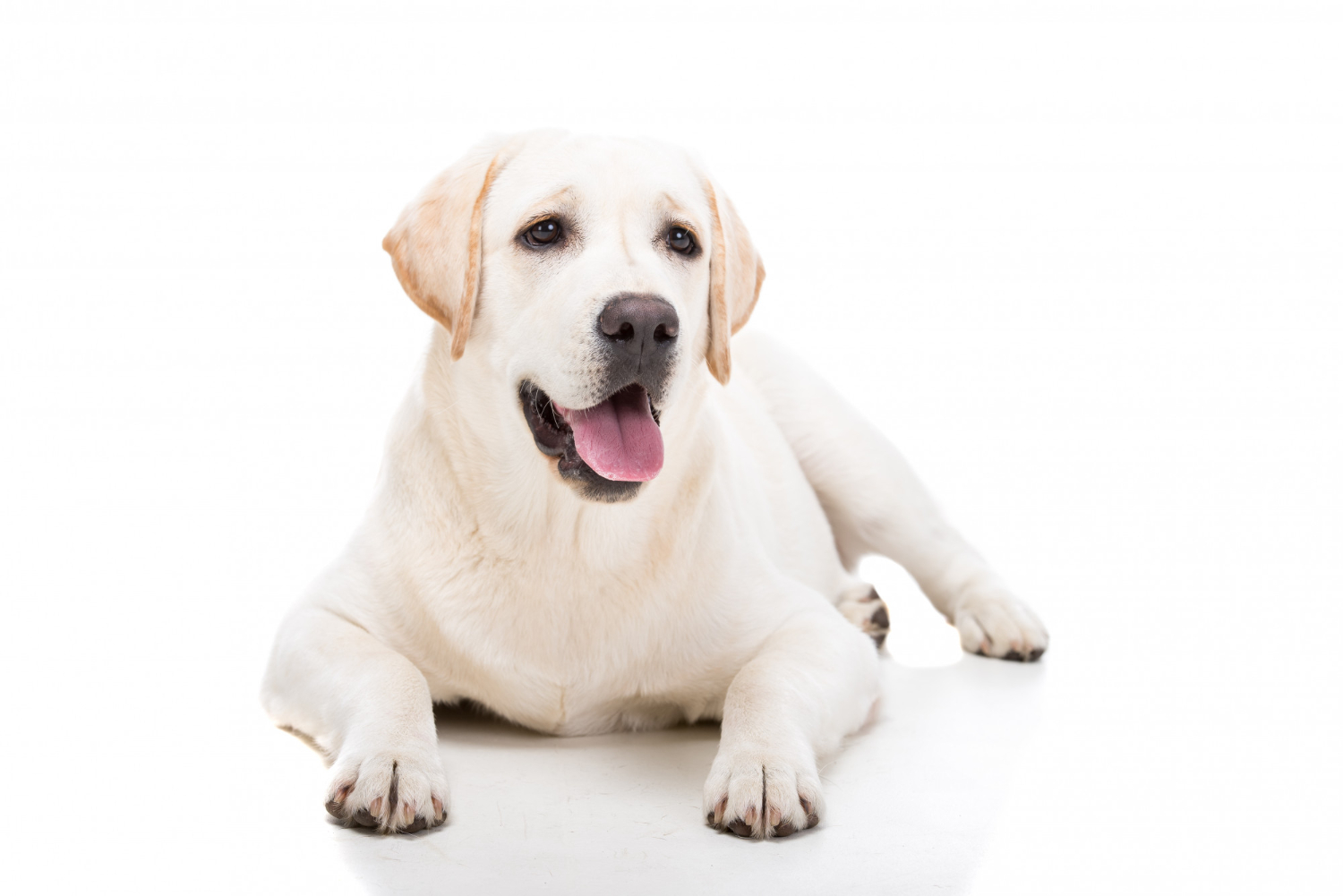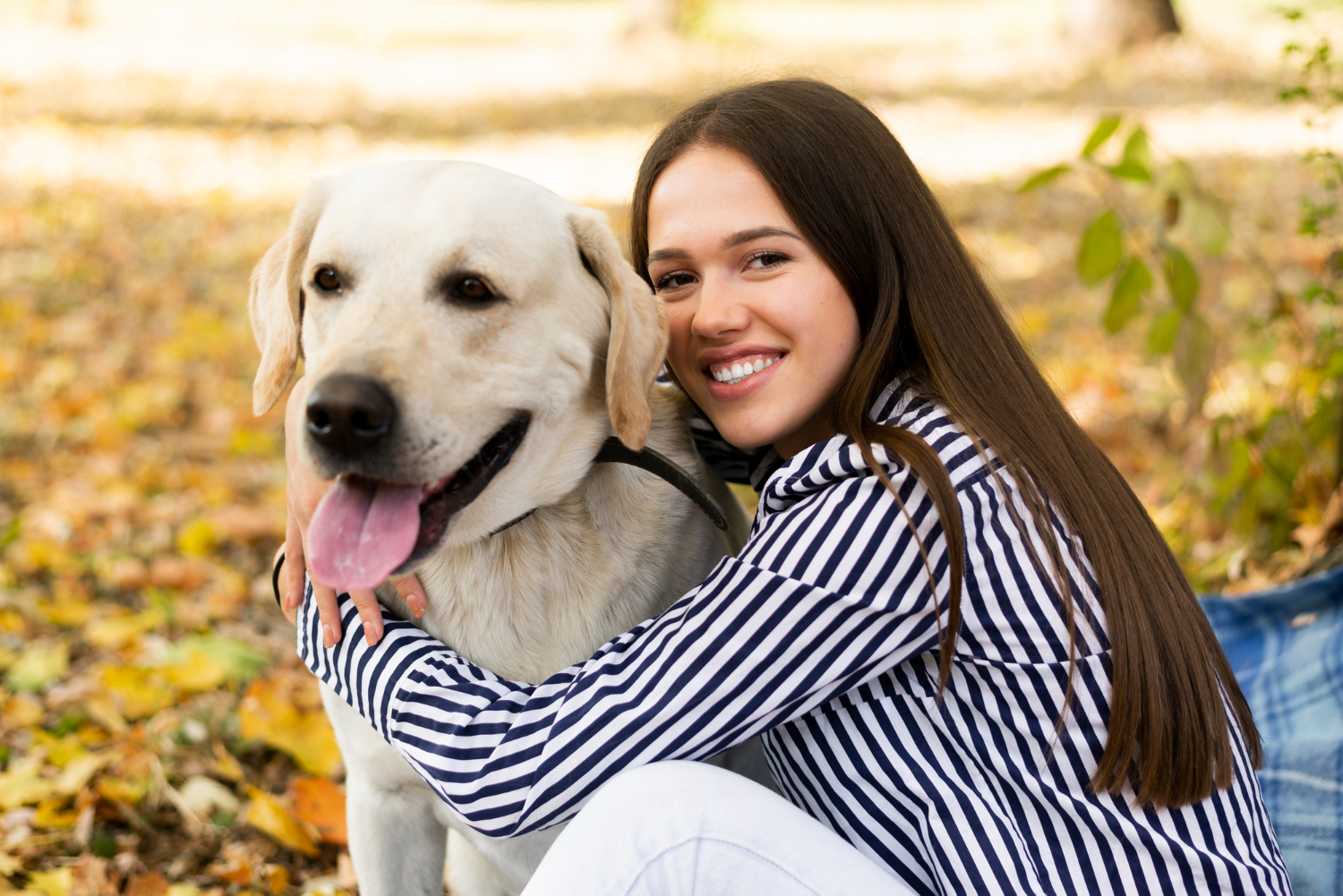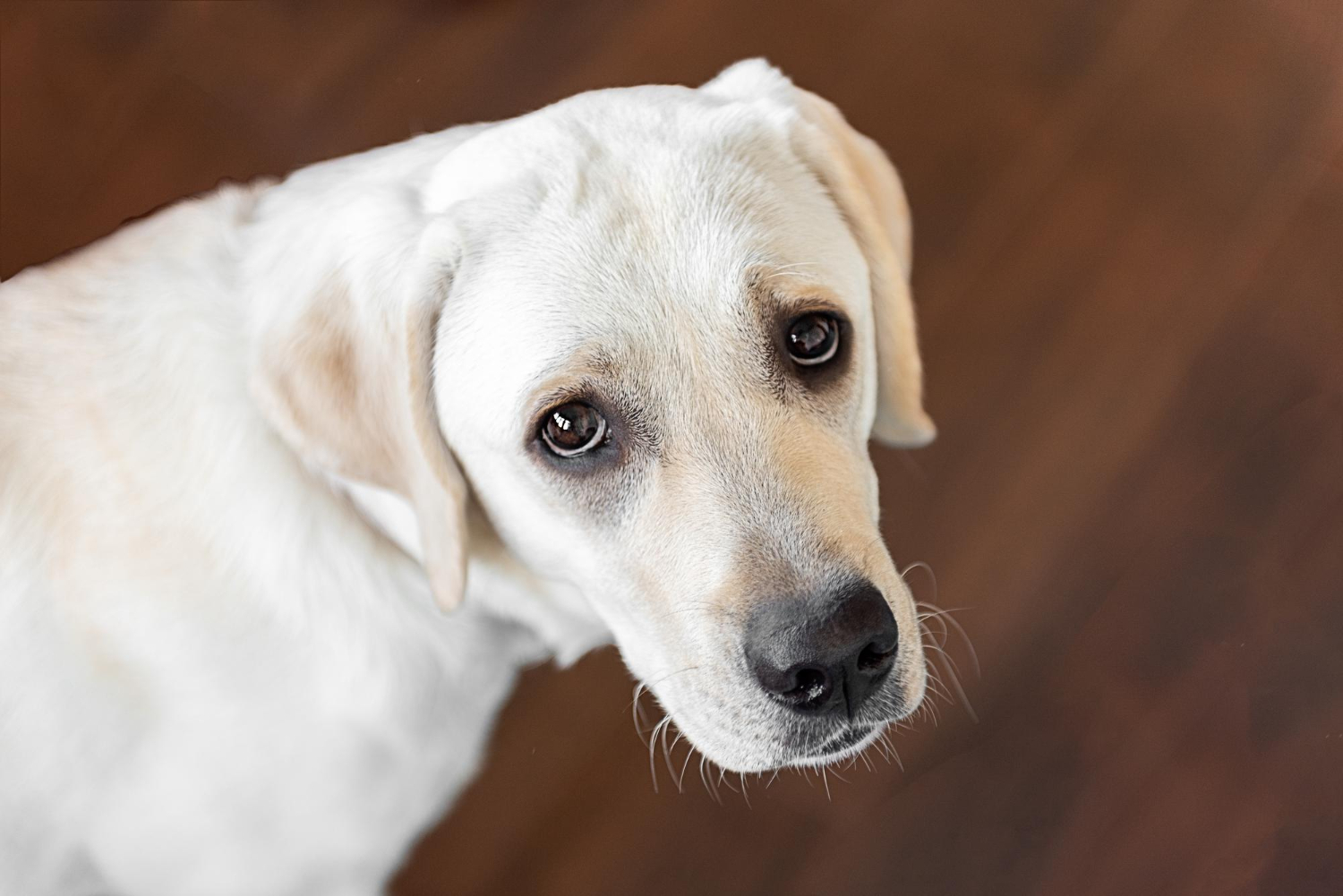Senior Labradors need special care as they grow older. Proper preparation makes life easier for both dog and owner. While yearly checkups are sufficient for an adult dog, six-monthly visits are necessary for senior Labradors. These frequent visits allow your veterinarian to keep track of your dog’s health. In addition, it’s a good idea to build a relationship with your veterinarian as your pet grows older.
Canine cognitive dysfunction
While old dogs and cats are prone to cognitive impairment, there are some early signs that could indicate a potential problem. The behavior changes in old patients often indicate an underlying medical problem, diminishing sensory capacity, or age-related cognitive decline. These symptoms are particularly troubling for owners of older dogs and cats. If left untreated, behavioral problems in older pets can challenge the care of the animal and lead to euthanasia. Unfortunately, the signs of canine cognitive dysfunction are often not recognized by veterinarians, and caregivers may mistake these symptoms for normal aging.
You should know the signs of canine cognitive dysfunction (CCD) and how to manage it. Dementia is a condition that can affect older dogs and humans. It affects their memory and behavior, and can greatly reduce the quality of life for their owners. Although you can’t reverse the symptoms, there are many things you can do to help your dog maintain his mental function. Luckily, there are many ways to care for your old labrador and lessen the effects of dementia.
One way to address this condition is to give your dog non-tranquilizers to stimulate his brain and calm him down. Alternatively, you can also give him foods that are specifically formulated for cognitive dysfunction. But don’t forget to take note of any other symptoms that your dog may display. You may also be surprised to learn that he has a brain tumor. Your vet may prescribe anti-aging medication to treat this condition.
Arthritis
If you have an old Labrador dog, you may be wondering if he is suffering from arthritis. The answer is yes. Your dog is probably experiencing arthritis, and it isn’t a fun experience for either of you. Fortunately, if you take good care of your Lab, you can significantly reduce joint pain as he gets older. If you’re not sure how to recognize the signs of arthritis in your dog, read on to learn how to detect the early signs of arthritis and how to treat it.
Early signs of arthritis include slowness or lameness. Your pet may also refuse to go for walks or settle down in their beds. You’ll also likely notice that your dog is licking his joints or has changed his general temperament. While dogs are remarkably stoic, they don’t always express their discomfort, but you can see a noticeable change in your dog’s body language if you notice any of these symptoms.
Dogs can have multiple forms of arthritis, including osteoarthritis and rheumatoid arthritis. Arthritis is a degenerative disease that causes bone surfaces to rub together. If it is severe, it will cause joint pain and stiffness, and could eventually lead to the destruction of cartilage. If you don’t treat it early, the condition may progress without any symptoms.
Ear infections
A veterinarian is often the best person to treat your dog’s ear infections. It is important to note that certain types of ear infections are difficult to get rid of without the help of a veterinarian. Often times, you can use home remedies and cleansers that are not safe for your dog. But, in some cases, antibiotics and steroids are necessary. In such cases, your pet may need to be euthanized.
There are several ways to treat an ear infection in your dog. The first step is to make sure that the infection is not contagious to other animals. Typically, ear infections are caused by bacteria or yeast that has migrated into the ear canal. Occasionally, the pinna or the ear flap may become plugged, which will result in pain and swelling. Your vet may take a sample of material from your dog’s ear to determine the source of the infection.
If your dog has an infection in the ear canal, you may want to use a natural remedy. Fresh lemon juice contains Vitamin C. You can also make a solution of equal parts lemon juice and water and apply it to your dog’s earlobes. The citrus scent will also help to keep fleas out of the ear canal. A natural remedy for ear infections in Labradors can be a great home remedy for your dog’s ear problems. It may take one or two weeks to completely cure the infection, but you can be sure that you’re doing everything right.
Exercise induced collapse
In a labrador, exercise induced collapse (EIC) causes hind limb weakness after brief periods of intense exercise. This genetic disorder affects most Labradors, but has been detected in several breeds. The University of Minnesota has developed a genetic test to diagnose dogs with this condition. Genetic testing is only one component of a comprehensive evaluation of exercise induced collapse. A dog is genetically susceptible to developing the disease if at least one parent has the disorder.
Genetics plays a role in the development of this disease, but it is also caused by environment. Exercise-induced collapse is more common in sporting breeds, which are frequently stressed and overexerted. In extreme cases, the dog may collapse just by thinking about exertion. While exercise induced collapse does not cause death, it is often a sign of a underlying genetic problem. This disorder can be fatal.
EIC episodes in dogs usually start when they are young, and are almost never apparent when they are old. The first signs of EIC include a rocking gait when running, and dragging rear legs when exerted vigorously. Some dogs also collapse in the forelimbs. Although the exact cause of the condition remains unknown, it is generally caused by a genetic mutation in the dynamin 1 gene, which supports the transmission of neurologic impulses to the muscles.
Diet
A good homemade diet for an old Labrador should consider the dog’s weight, activity level, and health conditions. There are six essential nutrients that your Lab needs to stay healthy and fit. These nutrients are: protein, calcium, phosphorus, potassium, and zinc. Protein is essential for building muscle and repairing body tissues. It is also important for hormone production and brain function. Calcium and potassium are essential for maintaining fluid balance in the body. Zinc is an essential mineral for the production of hormones.
Overweight Labs are more likely to suffer from joint problems and cancer. It also leads to begging. And, of course, obesity can lead to a host of other problems, including impaired immune function, a decreased sense of satiety, and even shortened lifespan. If your Lab is overweight, follow the guidelines above to prevent it from getting overweight. These tips will help keep your old Lab in top shape.
Bones: Dogs can eat bones. Bones contain valuable nutrients and help keep teeth strong and clean. Make sure to select bones that are larger than the dog’s muzzle, as smaller bones may be choking hazards. Pork bones tend to be softer and easier to choke on than beef bones. You can also consider adding a supplement to your dog’s dry kibble. By following these guidelines, your dog will receive a well-balanced diet that will give your pet the nutrition it needs.
Grooming
There are some basic steps that you need to take when grooming an old Labrador. You should avoid using baby wipes or premade cleaning solutions. These products may contain harmful chemicals. A vet or a groomer can also recommend a specific brand. Grooming an old Labrador involves more than bathing and combing its fur. It includes other aspects of good health. Listed below are some important tips to keep in mind.
You should groom your Labrador at least once or twice per week, and more often if they are walking or doing other activities that require frequent brushing. You should also check for shedding at least twice a month and use a de-shedding shampoo if necessary. If your Labrador is prone to shedding, brushing him at least twice a week will help control the amount of fur.
A Labrador has two layers of fur. The top coat is rough and wiry, and the undercoat is softer and closer to the skin. Both coats serve different functions: the top coat helps regulate body temperature, while the undercoat helps protect your pet from the elements. Grooming an old Labrador should also include trimming the nails. Keeping the coat trimmed is important for the health of both you and your dog.
Equally interesting…








